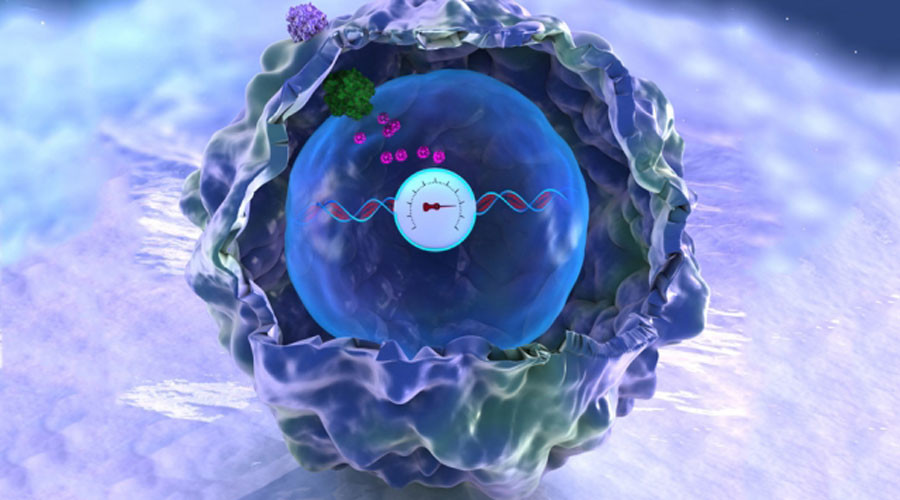

| Online: | |
| Visits: | |
| Stories: |

| Story Views | |
| Now: | |
| Last Hour: | |
| Last 24 Hours: | |
| Total: | |
Scientists Install ‘Memories’ in DNA of Human Cells
Follow TIS on Twitter: @Truth_is_Scary & Like TIS of Facebook- facebook.com/TruthisScary

Scientists have managed to record histories in the DNA of human cells, allowing them to recall past “memories.” The advancement could prove vital for researchers studying how cells undergo genetic changes that lead to disease.
|
|
To encode the memories, the scientists designed guide strands that recognize the DNA that encodes the very same guide strand. It’s a concept they refer to as “self-targeting guide RNA.”
“Led by this self-targeting guide RNA strand, Cas9 cuts the DNA encoding the guide strand, generating a mutation that becomes a permanent record of the event. That DNA sequence, once mutated, generates a new guide RNA strand that directs Cas9 to the newly mutated DNA, allowing further mutations to accumulate as long as Cas9 is active or the self-targeting guide RNA is expressed,” MIT wrote in astatement.
“By using sensors for specific biological events to regulate Cas9 or self-targeting guide RNA activity, this system enables progressive mutations that accumulate as a function of those biological inputs, thus providing genomically encoded memory,” the statement continues.
|
|
The researchers also found that they could engineer cells to detect and record more than one input, by producing multiple self-targeting RNA guide strands in the same cell. Each RNA guide is linked to a specific input and is only produced when that input is present.
The advancement represents the first time that scientists have found a way to record such data in human cells. Although scientists have previously devised ways to record digital information in living cells, such methods only revealed whether the event occurred – not how much exposure there was or how long it lasted.
According to MIT, the new method is most likely to be used for studies of human cells, tissues, or engineered organs.
Source: http://truthisscary.com/2016/08/scientists-install-memories-in-dna-of-human-cells/


